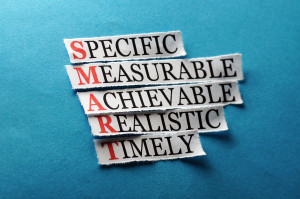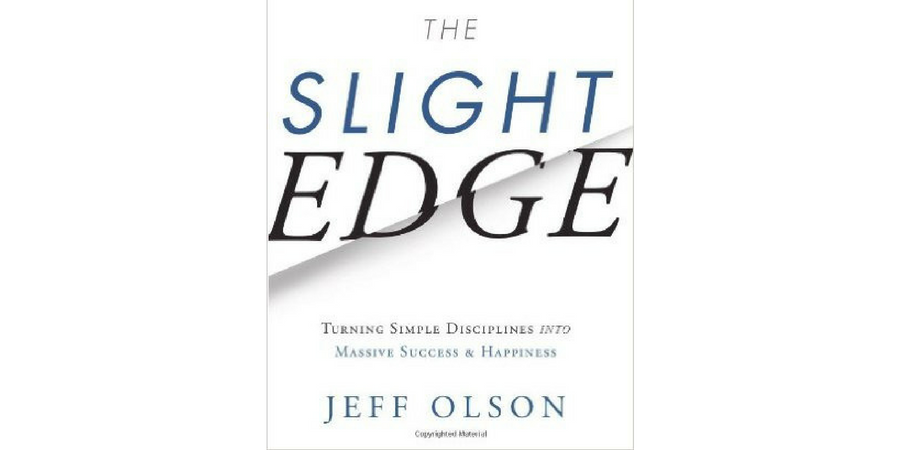 Don’t wait for someone to take you under their wing.
Don’t wait for someone to take you under their wing.
Find a good wing and climb up underneath it. – Frank Bucaro
Mentors and mentorship are a hot topic these days. Everyone talks about the importance of finding and working with someone who has walked the path and had success; someone who knows the pitfalls and can warn you about them. I have been fortunate throughout my life to have many mentors that have been very impactful, setting me on the right course.
But how do you find a mentor? The types of people who make the best mentors are typically very busy. They have achieved a level of expertise and standing in their field because they have put in the time, made the connections and persevered through the difficult times. While they are generous and want to help they are often reluctant to accept a request to be a mentor. This may be because of timing or (maybe most often) it stems from a lack of understanding of what being a mentor entails.
Looking for a mentor is a proactive endeavor. I have never had the experience of a mentor calling me on the phone and offering to guide me down a path. I suppose if you have a really great product or if you have achieved a level of fame, complete with venture funding, a mentor might seek you out, But, for the rest of us, it is our responsibility to find the right mentor. So, how do you do it?
- Look for people in your industry or with similar interests and create opportunities to interact. Do you go to the same charity events, sit on similar boards, go to the same church or do your kids attend the same schools. Why not?
- Reach out to experts who write on your interests- one misunderstanding with mentors is that they have to spend a certain amount of consistent time mentoring you. This is not true. A mentor could spend 5 minutes responding to your email. That may be the only interaction that you have with your mentor but that five minutes could be valuable. Many of my mentors have never known the impact they have had on me through their writing or podcasts.
- Ask for referrals. Talk to people in your industry or to family and friends. Who do they mention as inspiring? Is there someone that consistently comes up in conversation?
- Workshops and industry conferences- you should try to attend conferences within your target niche. See what other people are saying on your topic of interest. While there you will be inspired and may have opportunities to become acquainted with or listen to experts in your field. Or, you may interact with someone who isn’t an expert yet, but is up and coming. One of these people could make a great mentor.
- Online- do not overlook the power of an online mentor-mentee relationship. Through various social channels you will encounter people who have walked down the path you are walking and can offer to assist with the learning curve. The web has opened up opportunities to be mentored from places not geographically close to you.
Over the years I have had a very strong relationship with one particular mentor. He is one of the most successful people I have ever met and worked with. We originally crossed paths when I was sent out to do some consulting with him. It turned out he was more of an expert than I was.
Rather than feeling threatened or embarrassed I embraced the opportunity to listen to his suggestions. A couple weeks after that initial meeting I called him up and asked if I could buy him lunch and discuss the topic more. He said “no”; he would buy lunch. Since that day we have met many many times.
As my directions have changed so has our mentoring relationship. We seldom talk about the original topic and he now advises me on life and my new opportunities. That one phone call has changed the way I approach life and I am more successful today because of my mentor. It all started with finding a wing to climb up under and not waiting for the mentorship fairy to come along.
Question: What has been your experience with mentors/mentees? How do you approach the relationship? Leave your comments below or by clicking here.









